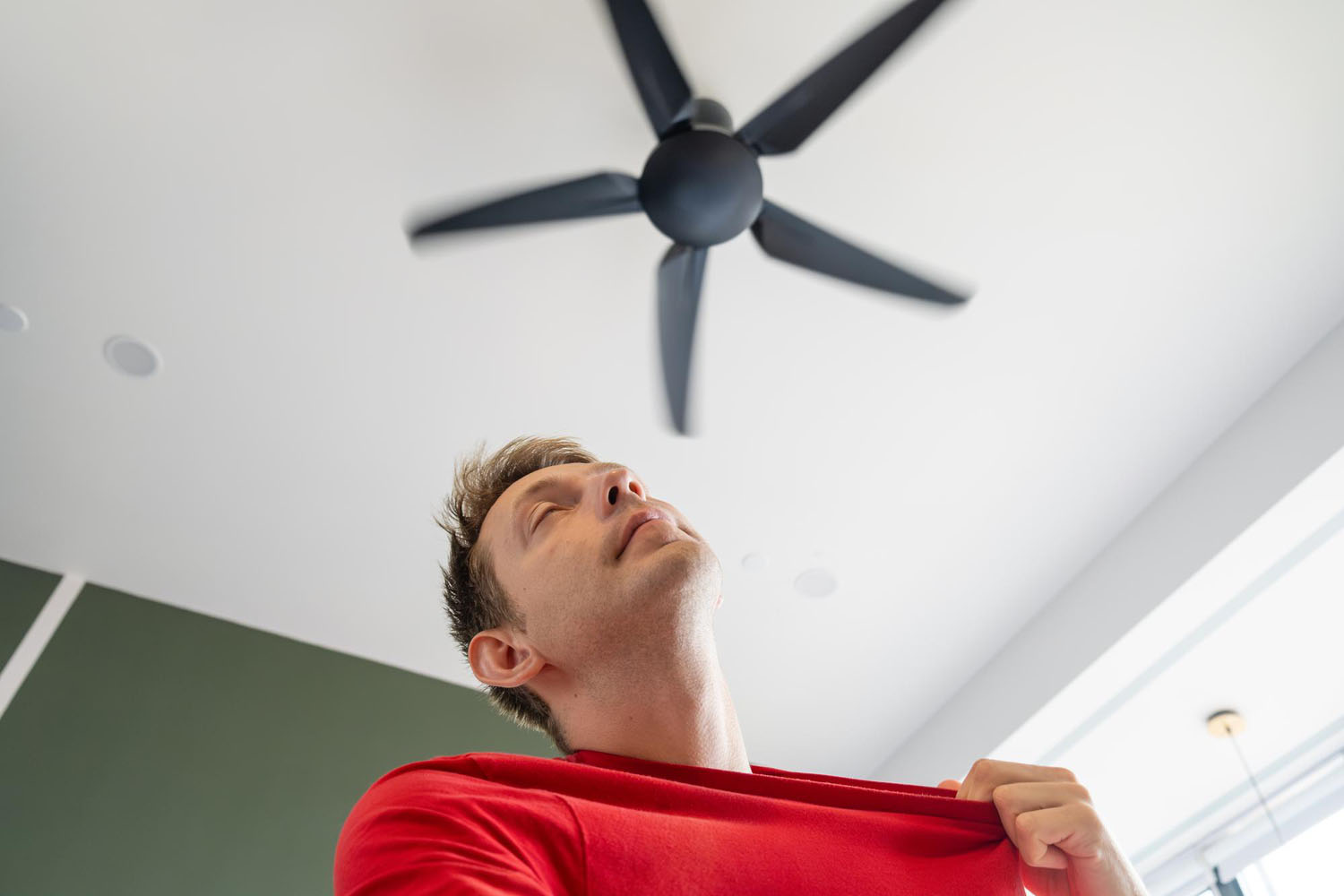Choosing the right air conditioning system for your home can seem overwhelming, given the variety of options available today. Each system offers unique benefits and is suited for different types of homes and needs. In this guide, we’ll explore the most common types of air conditioning systems to help you determine which one is right for your home in Victoria.
1. Split System Air Conditioning
A split system air conditioner consists of two main components: an indoor unit and an outdoor unit. The indoor unit handles the cooling (or heating, in the case of reverse cycle models) and distributes the conditioned air inside the home. The outdoor unit houses the compressor and condenser.
Best for: Small to medium-sized homes, apartments, or individual rooms.
Pros:
- Energy-efficient, especially for single rooms or small spaces.
- Relatively easy to install compared to ducted systems.
- Most models are reverse cycle, providing heating and cooling in one system.
- Quiet operation inside the home.
Cons:
- Only ideal for specific areas or rooms.
- Multiple units may be required for larger homes, which can increase installation costs and complexity.
2. Ducted Air Conditioning
Ducted air conditioning systems are designed to cool or heat your entire home through a series of ducts connected to a central unit, usually installed in the roof space. The system distributes air through vents in each room, allowing for whole-home temperature control.
Best for: Larger homes or homeowners looking for whole-house climate control.
Pros:
- Provides even cooling throughout the entire home.
- Aesthetically pleasing as most components are hidden in the roof.
- Centralized control for consistent temperatures across multiple rooms.
- Can be zoned, allowing you to heat or cool specific areas, improving energy efficiency.
Cons:
- Higher upfront installation costs.
- Requires significant space in the roof cavity for ductwork and equipment.
- Can be more expensive to operate if not zoned properly.
3. Multi-Split Air Conditioning
Similar to a standard split system, multi-split air conditioners connect multiple indoor units to a single outdoor unit. This allows you to control the temperature in different rooms individually.
Best for: Homes with multiple rooms that require independent temperature control.
Pros:
- Saves space by using one outdoor unit to service multiple indoor units.
- Individual temperature control in each room.
- Suitable for homes with limited outdoor space for multiple outdoor units.
Cons:
- More expensive than single split systems.
- Installation can be complex and requires expert planning to ensure optimal efficiency.
4. Portable Air Conditioners
Portable air conditioners are standalone units that can be moved from room to room. They work by drawing in warm air, cooling it, and then venting the excess heat through a hose attached to a window or vent.
Best for: Renters or homeowners needing a temporary cooling solution for small spaces.
Pros:
- No permanent installation required.
- Ideal for renters or temporary cooling needs.
- Portable and easy to move between rooms.
Cons:
- Less energy-efficient than other systems.
- Limited cooling capacity; best for small rooms.
- Can be noisy and bulky.
5. Evaporative Coolers
Evaporative cooling works by drawing in warm air and passing it through water-saturated pads. As the air absorbs moisture, it cools down and is then circulated throughout the home. This system is most effective in dry climates.
Best for: Homes in dry regions, though not ideal for Victoria’s humidity.
Pros:
- Low running costs due to energy-efficient operation.
- Provides natural-feeling cooling.
- Keeps the air moist, which can be beneficial in dry conditions.
Cons:
- Not effective in humid climates.
- Requires water to operate, which can be a disadvantage during water restrictions.
Which Air Conditioning System is Right for You?
When choosing the right air conditioning system for your home, consider factors like the size of your home, the number of rooms you need to cool, and your budget. For small homes or individual rooms, split systems or portable air conditioners may be the most cost-effective choice. If you want whole-home cooling and a more streamlined solution, ducted air conditioning is the way to go. Multi-split systems are ideal for homes with multiple rooms that need independent climate control, while evaporative cooling is a good option if you live in a dry area (though less ideal for Victoria).
Conclusion
Choosing the right air conditioning system depends on your specific needs, preferences, and home layout. If you’re unsure about which system is best suited for your home, it’s a good idea to consult with an air conditioning professional who can help you assess your cooling requirements and recommend the best system for your needs.







